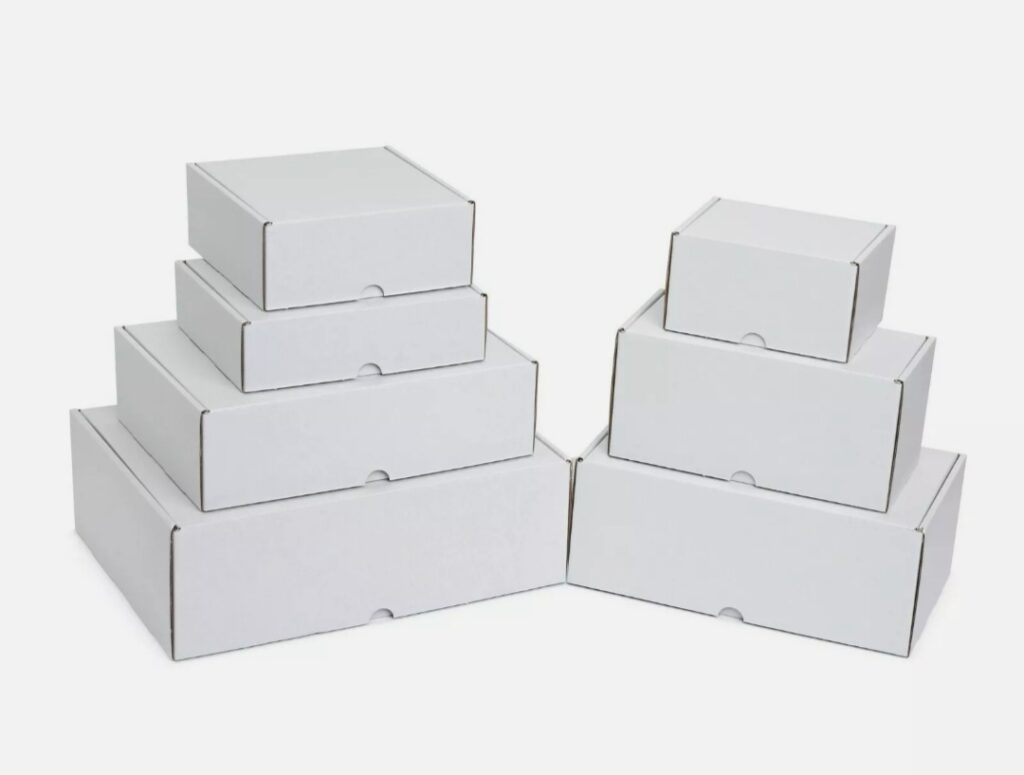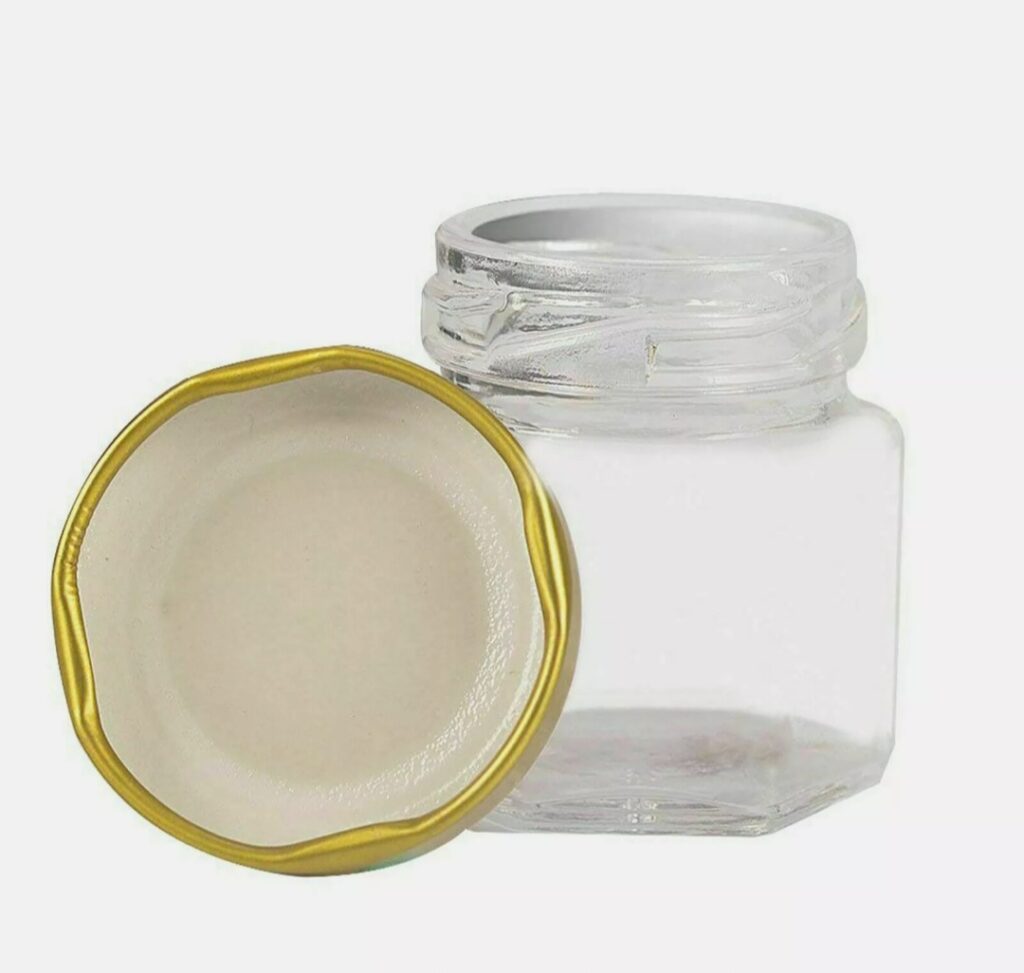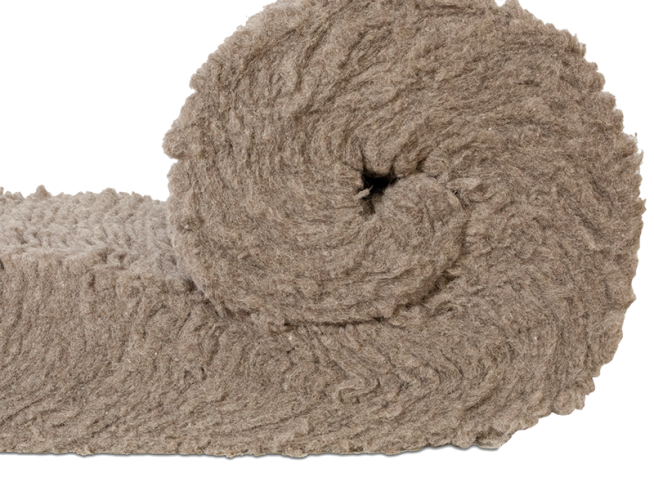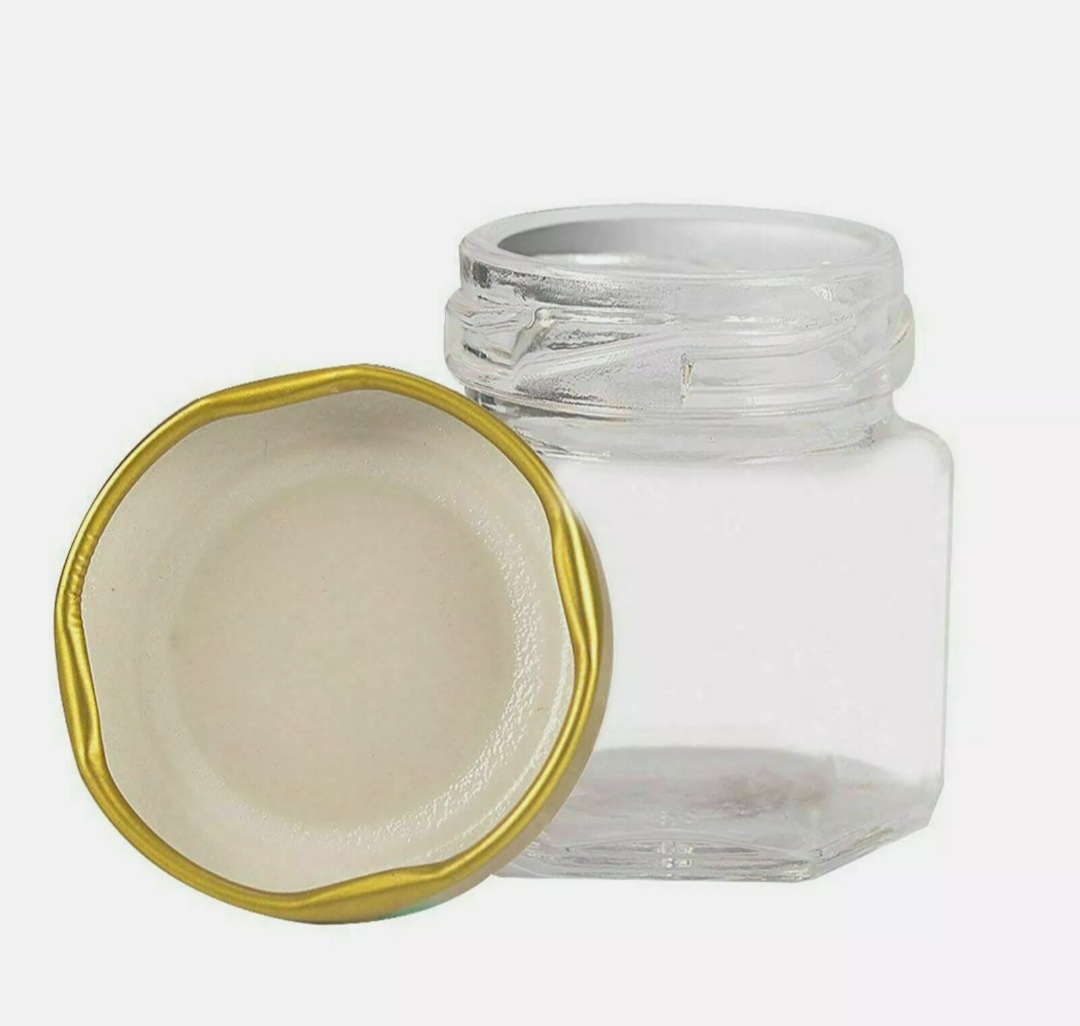Myself and Michael are becoming increasingly concerned with the plastic problem our oceans are facing today.
Plastic. Humankinds’ material answer to endurance, flexibility, lightweight, being low cost and waterproof. In the aquarium hobby, when receiving a coral from shipping, its usually in a plastic pot/bag, wrapped in bubble wrap and encapsulated in a polystyrene box. The contents are most often discarded, with most of these plastic items not recyclable at all, they are in fact single use. Regardless of if you have a return policy for your pots, more often than not some customers find it too much trouble, not to mention the additional carbon footprint posed by the reshipping. This is simply not a sustainable answer to the plastic problem for coral shipping, nor should it be claimed to be.
Data from Plastics Europe reported a production of 335 million tons of plastic, with that figure estimated to increase to 33 billion tons in 2050. By that point, an estimated 12,000 million metric tons of plastic waste will have been accumulated in the natural environment and in landfills (Razeghi et al., 2021). This figure has only been worsened by a sharp increase in plastic production for face masks, PPE such as gloves and aprons, and plastic bags, because of the COVID-19 pandemic (Razeghi., Gorrasi et al. 2020).

Once plastics are discharged into aquatic environments, they can persist for up to 50 years, in some cases complete mineralisation can take hundreds, if not thousands of years. Recently, ingestion of microplastics in fish and shellfish have been documented. Ingested plastics may result in physical damage in relation to hazardous chemicals derived from additives in their formulation products. In addition, hydrophobic chemicals from surrounding seawater may absorb onto microplastics surface (as documented by the International Pellet Watch programme), thus causing further health complications (Matsuguma et al., 2017).
I myself am researching Microplastic transportation via sewers and pipe networks. Thus far the findings have been truly terrible. Therefore, I could not forgive myself (while Mike shares the same opinion) if I succumbed to greed and used these cheap unsustainable packaging products, in the name of profit. After literally months of researching alternatives (which was disappointingly very difficult to do), we have the sustainable Solution.
So what is the recipe?
- our boxes are made out of 100% recycled materials from previous boxes

2. We use waterproof glass jars on all small frags, while we aim to find a supplier for larger glass jars for larger frags.

3. Finally we wrap the glass jars, containing corals in layered sheep’s wool insulation

We then place a 40 hour heat pack inside the box, with your receipt and full acclimatisation instructions. Our packaging is much more sustainable than any other alternatives out there, that I have seen. See the below demo video:
Therefore, if I maybe so bullish to say so, FragTrade has the most sustainable mail order coral packaging in the world. I cannot emphasise this enough, we simply want to lead by example and show you the customer, and any other mail order coral businesses, you can package your corals sustainably. People are in the marine hobby for the sheer natural beauty and passion for corals and fish.
Would you want single use plastics littering your reef?
The answer, I hope, is no. So lets be sustainable in this luxury of a hobby. If we are, then, although a small difference, if you times it by hundreds if not thousands of orders, we and you, can make a massive difference, one sustainable frag, with one sustainable package at a time. For more information on threats to coral reefs posed by plastic, please visit https://blueocean.net/plastic-pollution-poses-peril-to-coral-reefs/
Thanks for reading, and keep fragging your way to a sustainable hobby, with FragTrade!
by,
Matthew Billups.
THE BELOW REFERENCES ARE HERE IF YOU WISH TO READ FURTHER
Matsuguma, Y., Takada, H., Kumata, H., Kanke, H., Sakurai, S., Suzuki, T., Itoh, M., Okazaki, Y., Boonyatumanond, R., Zakaria, M. P., Weerts, S., & Newman, B. (2017). Microplastics in Sediment Cores from Asia and Africa as Indicators of Temporal Trends in Plastic Pollution. Archives of Environmental Contamination and Toxicology, 73(2), 230–239. https://doi.org/10.1007/s00244-017-0414-9
Razeghi, N., Hamidian, A. H., Wu, C., Zhang, Y., & Yang, M. (2021). Microplastic sampling techniques in freshwaters and sediments: A review. Environmental Chemistry Letters, 19(6), 4225–4252. https://doi.org/10.1007/s10311-021-01227-6
https://blueocean.net/plastic-pollution-poses-peril-to-coral-reefs/


